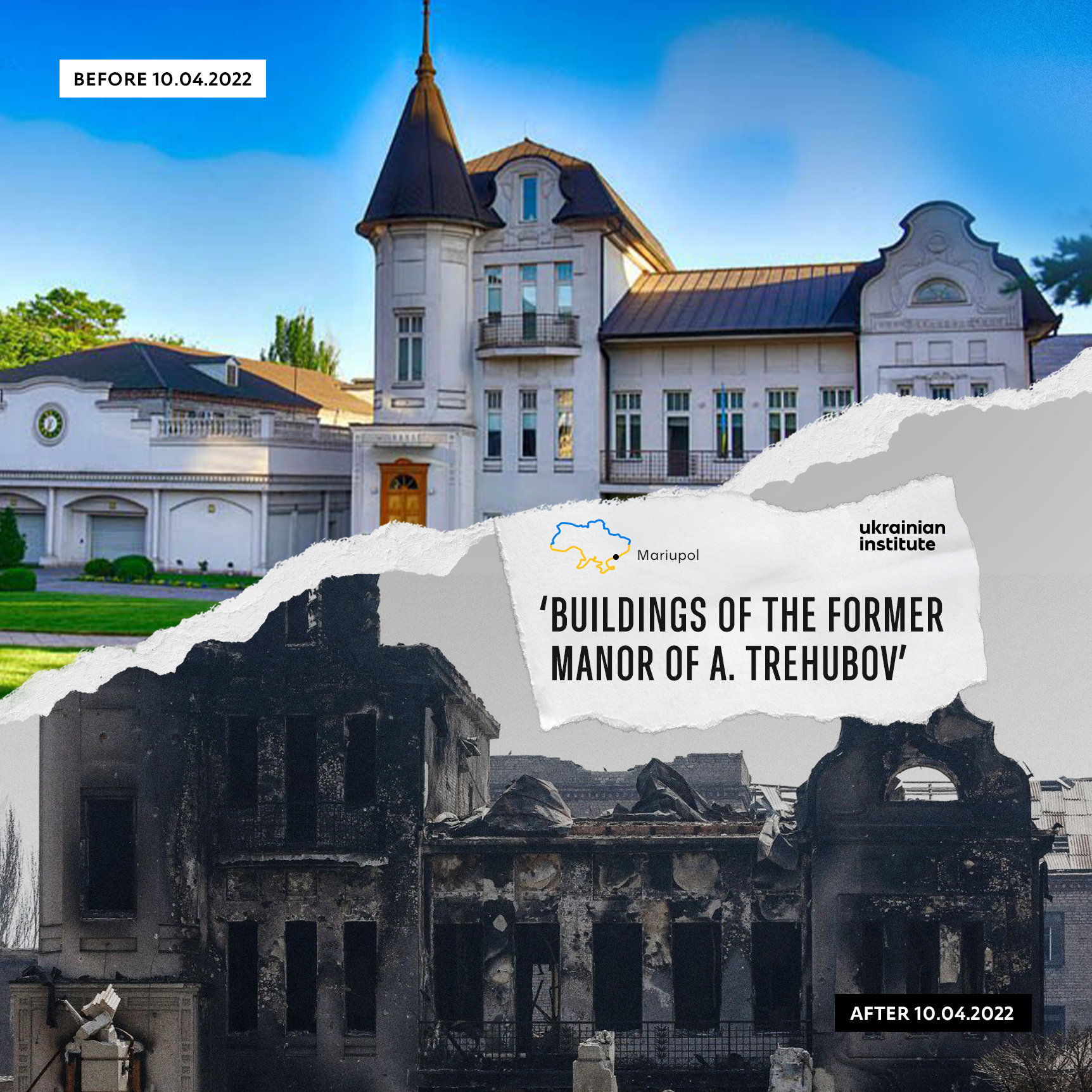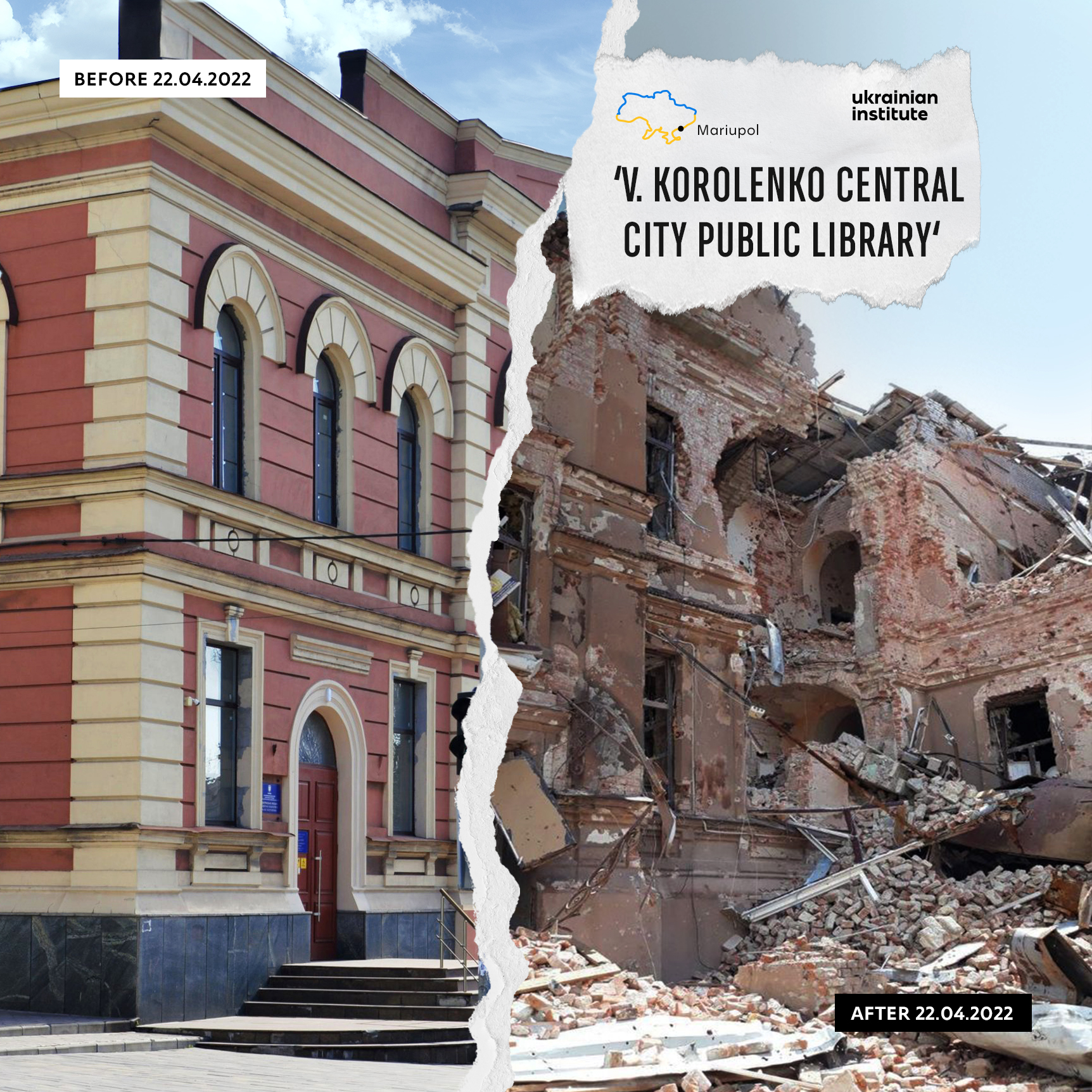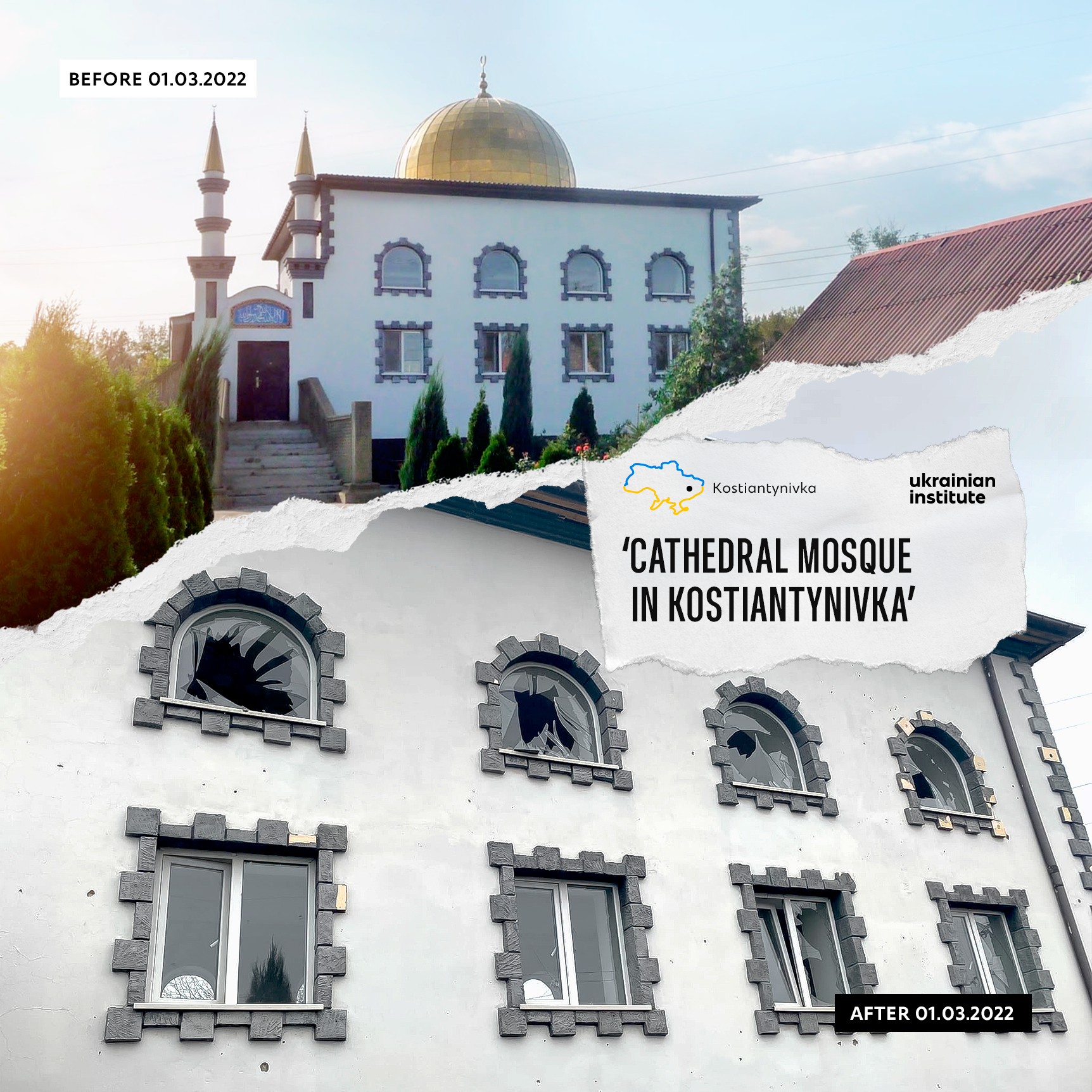

The museum was established at the Faculty of History of Mariupol State University. It has become an important cultural and educational site bringing together students, professors, and citizens around the native land’s history.
Mariupol is not only a key port and a powerful industrial centre in Ukraine. This is a city with an ancient and interesting history dating back to the 16th century when Zaporizhzhia Cossacks began to settle here for winter. Since then, numerous eras have come and gone, and the Ukrainian city has also undergone changes. Mariupol State University took up the scholarly mission of researching and preserving the history of the region.
At the institution, more than 4,000 students attended classes in 25 distinct departments across 6 faculties. The Museum of History and Archaeology, which brought together students, instructors, and citizens, was established by the Faculty of History in 2016.
The museum exhibition, which included almost 500 items, was collected by students under the direction of Viacheslav Zabavin, an archaeological expedition head, and Svitlana Arabadzha, a senior lecturer in the historical disciplines department. The collection’s initial section showed how the university was founded. It included photographs, copies of the university’s international agreements, and awards given to professors and students. The second portion of the collection contained the findings of the 1997-founded MSU archaeological expedition, which discovered prehistoric amphorae, human skulls, and Paleolithic and Scythian household artefacts.
The museum also developed into a significant venue for meetings of the academic community of scientists, historians, and archaeologists. Additionally, conferences of the Docudays UA Human Rights media education film club, career guidance events for Mariupol schoolchildren, and consultations on history, archaeology, and local history were held there.
However, all of this ended with the start of the full-scale Russian invasion of Ukraine on February 24, 2022. For three months, Russian troops have been razing Mariupol to the ground. When the Russian military invasion of Donbas started in 2014, the city resisted and demonstrated that Mariupol was a Ukrainian city. However, the city was destroyed in 2022 by the Russians’ shelling from the air, the sea, and field artillery cannons. All buildings of Mariupol State University were also severely damaged. All the exhibits of the Museum of History and Archaeology, carefully collected by students and teachers, were lost in the fire caused by Russian shelling on April 18, 2022.
The museum’s collection demonstrated that these lands flourished, were full of life, and had a distinct history and unique culture long before the Russian Empire emerged with its endless conquest of foreign territories and brutal oppression of other nations.
From now on, the site that once held memories has turned into a memory itself.

























